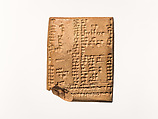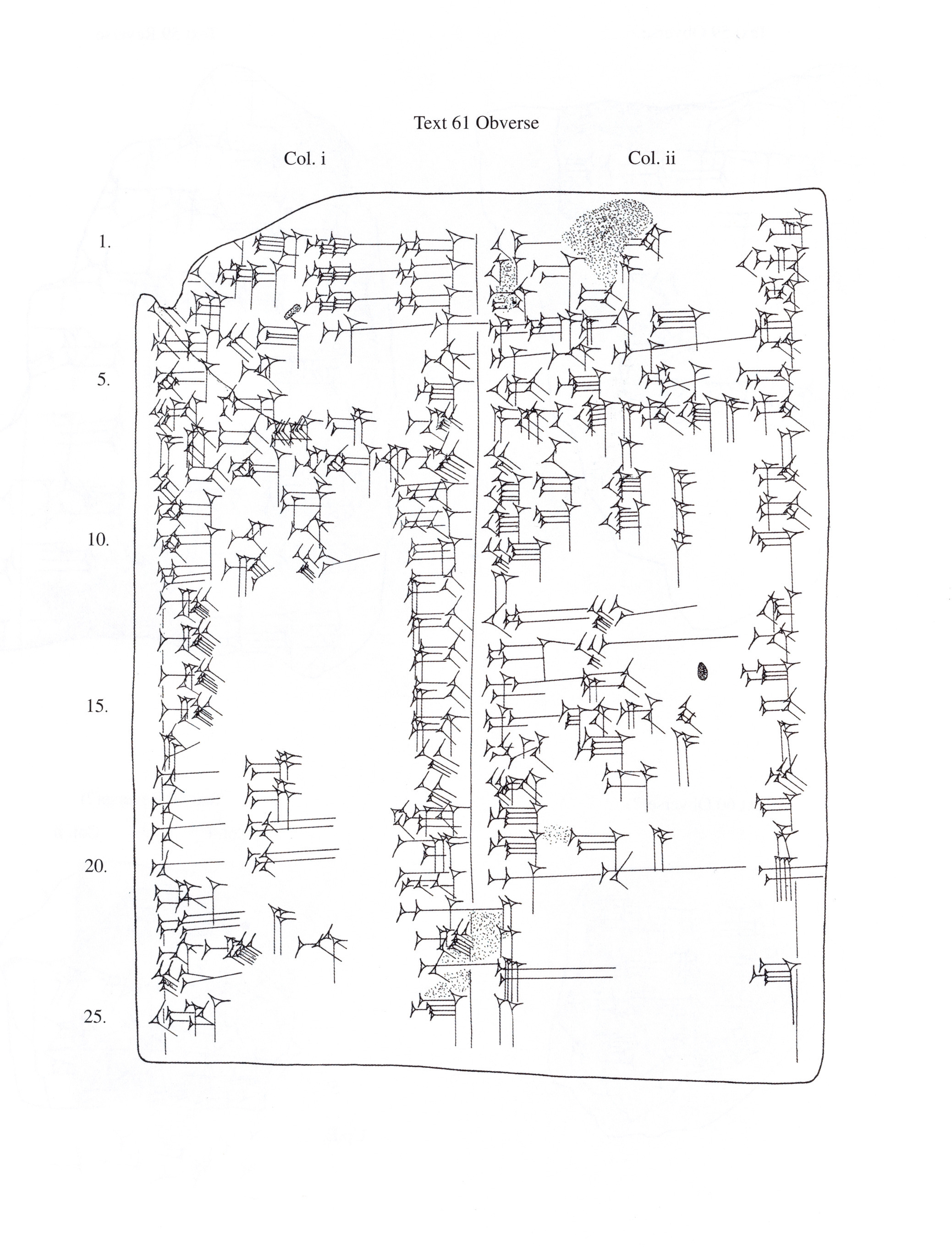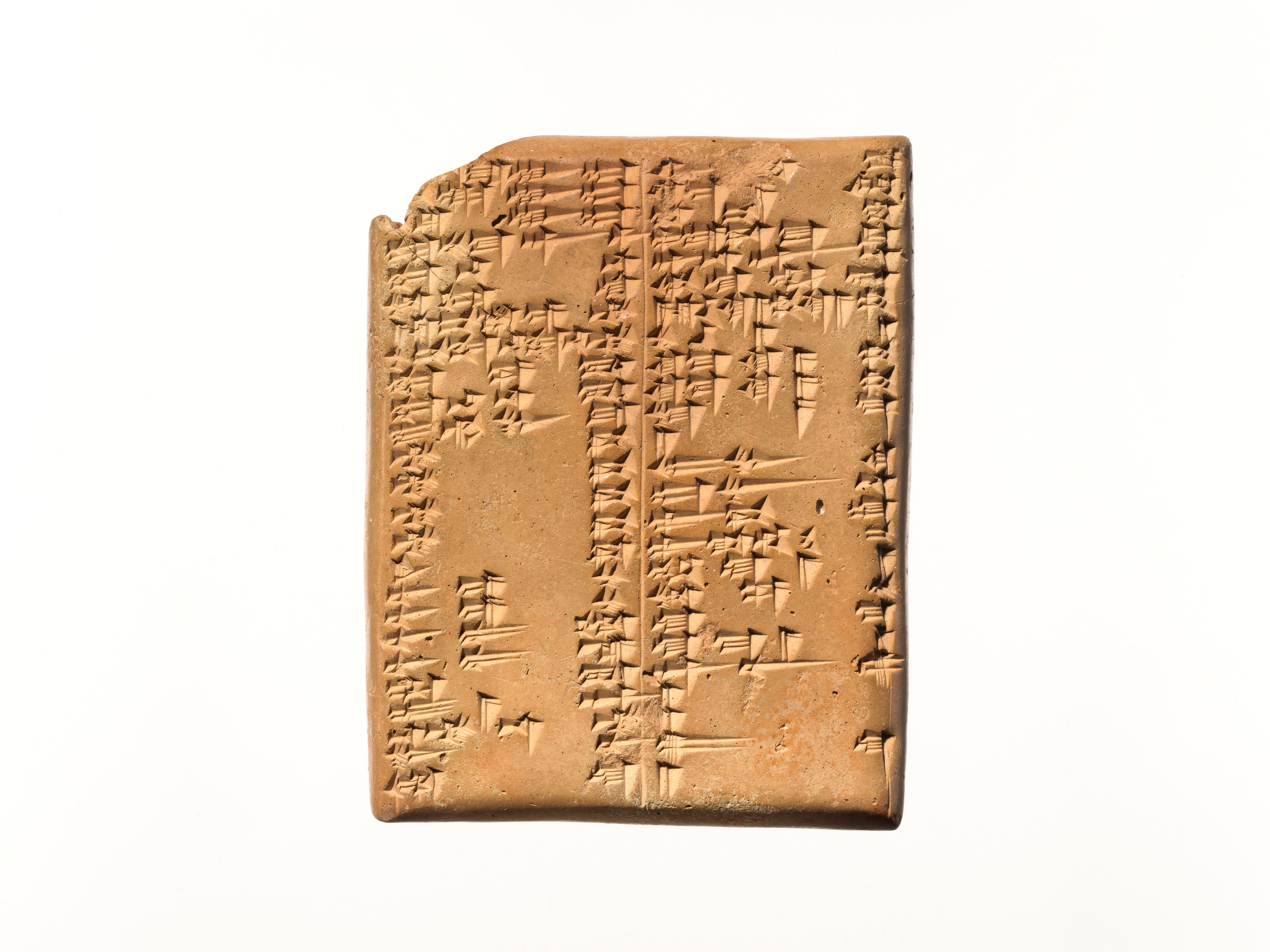Cuneiform tablet: Late Babylonian grammatical text
Not on view
The invention of writing in approximately 3300 B.C. was one of many developments in administrative technology--including the use of geometric tokens for counting and cylinder seals to guarantee transactions--that accompanied the growth of the first cities and states in southern Mesopotamia. Proto-cuneiform is the name given to the earliest form of writing--pictograms that were drawn on clay tablets. Gradually, the pictograms became abstracted into cuneiform (Latin, "wedge-shaped") signs that were impressed rather than drawn. At its greatest extent, cuneiform writing was used from the Mediterranean coast of Syria to western Iran and from Hittite Anatolia to southern Mesopotamia. It was adapted to write at least fifteen different languages. The last dated cuneiform text has a date corresponding to A.D. 75, although the script probably continued in use over the next two centuries.
This Late Babylonian period clay tablet demonstrates the ongoing efforts to master the ancient writing and languages of Mesopotamia. The text contains Sumerian entries in the left column and Akkadian translations in the right. The contents of the forty-seven lines are somewhat heterogeneous, including imperative clauses, particles such as "no", and numbers. At the time that this text was written, the Sumerian language was already long-dead and the Akkadian language, once widely spoken across the ancient Near East, was increasingly replaced by Aramaic. The end of the tablet names the scribe who produced the text.
Due to rights restrictions, this image cannot be enlarged, viewed at full screen, or downloaded.
This artwork is meant to be viewed from right to left. Scroll left to view more.








